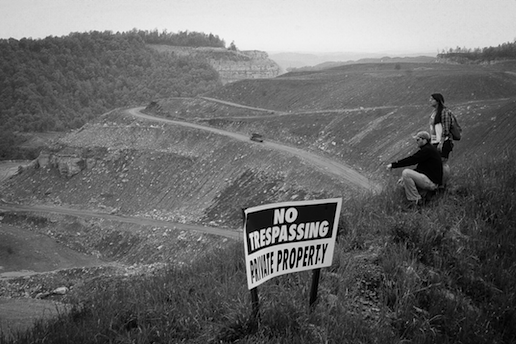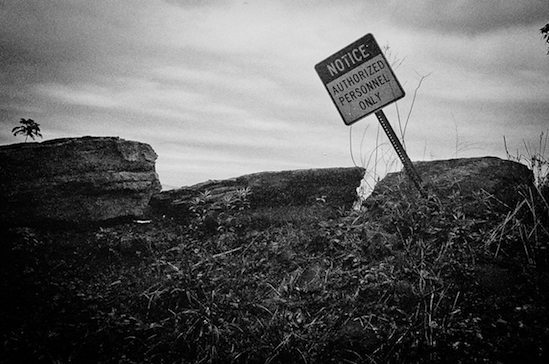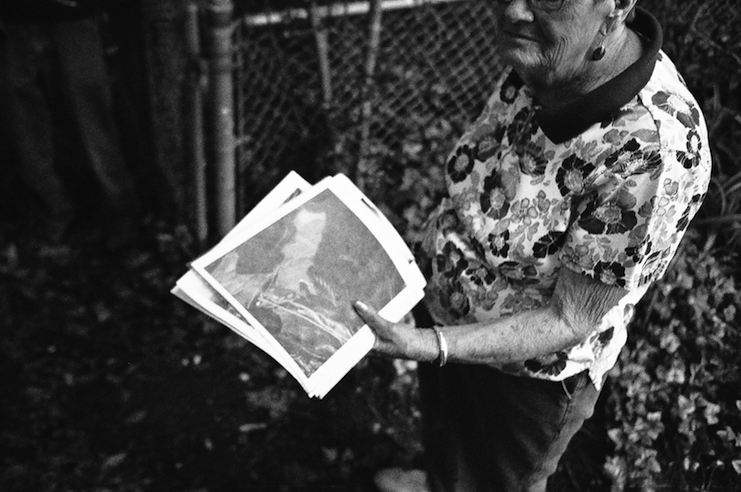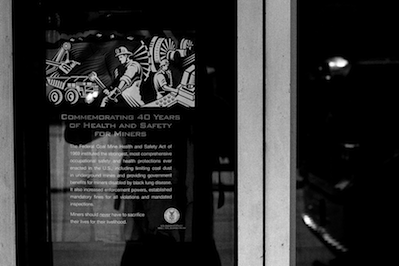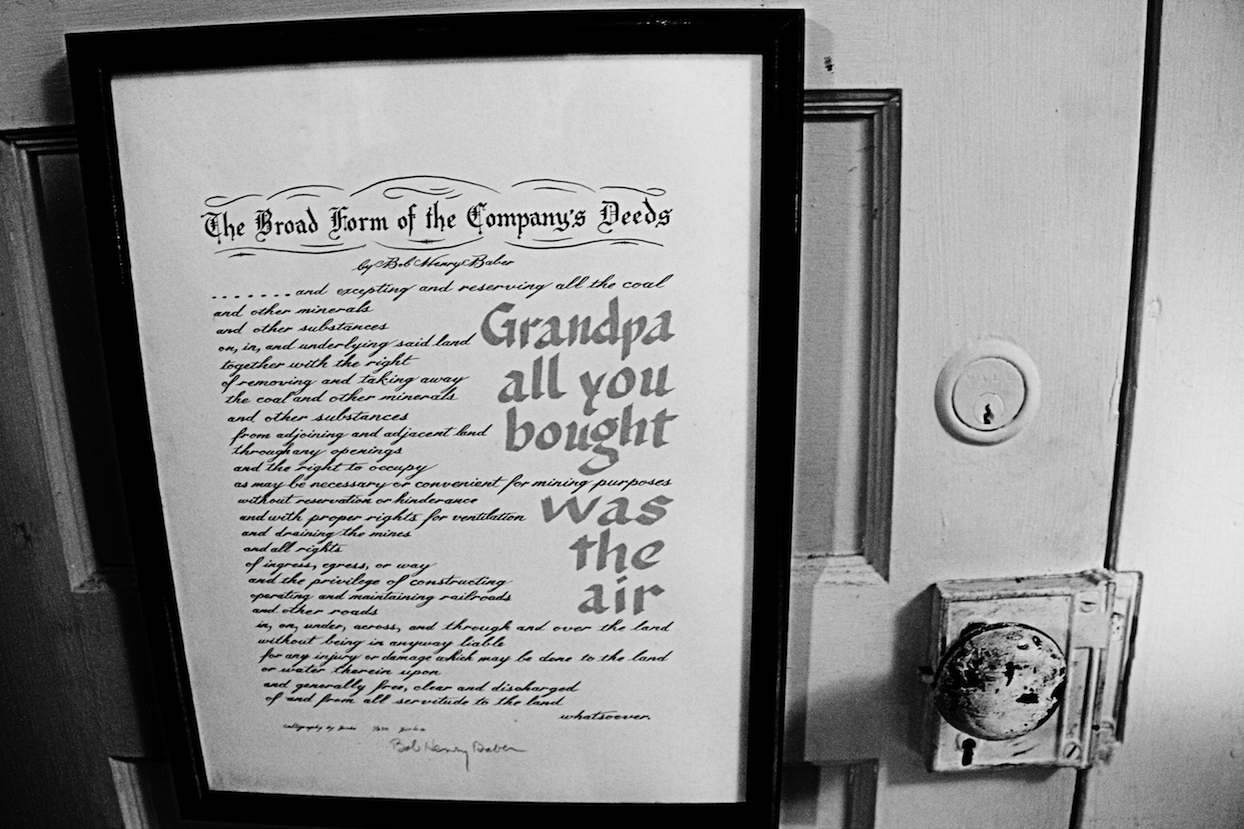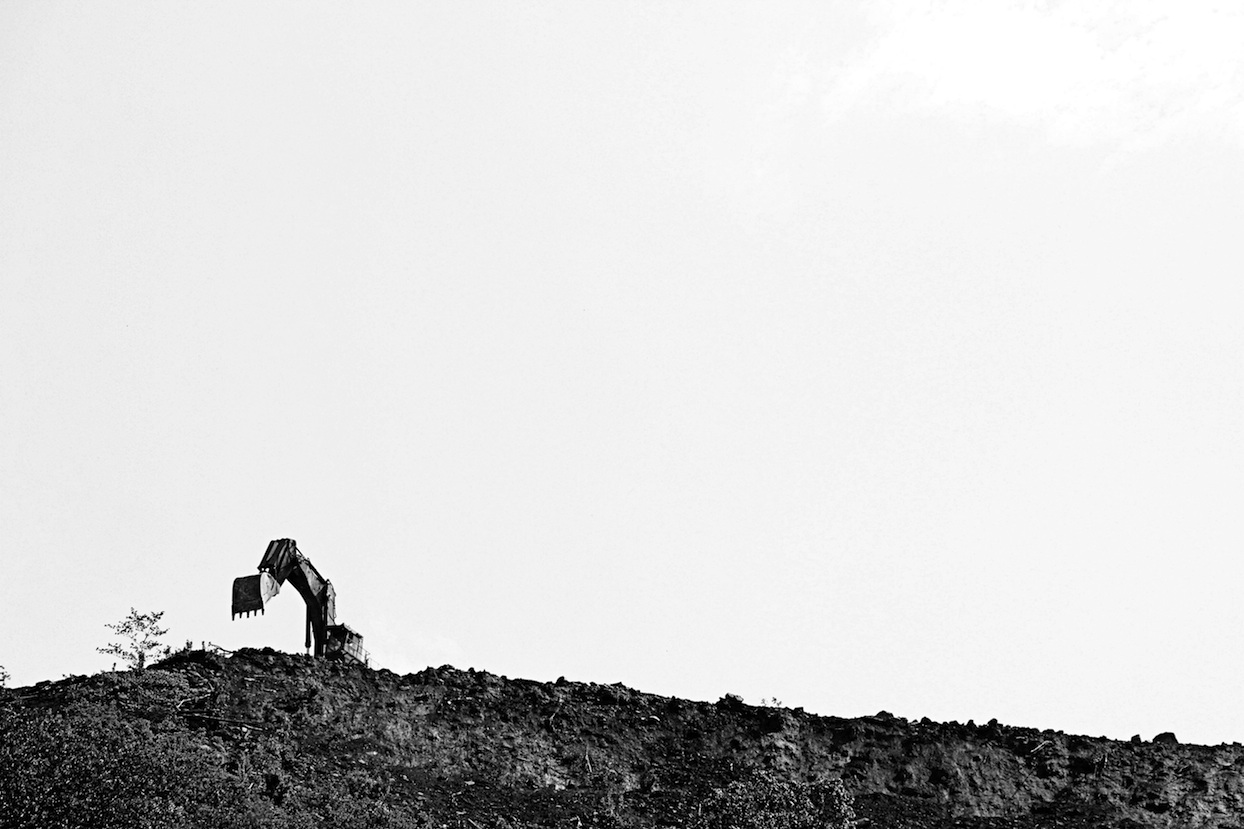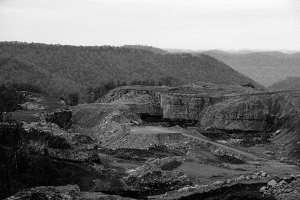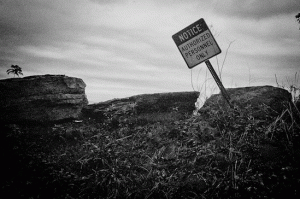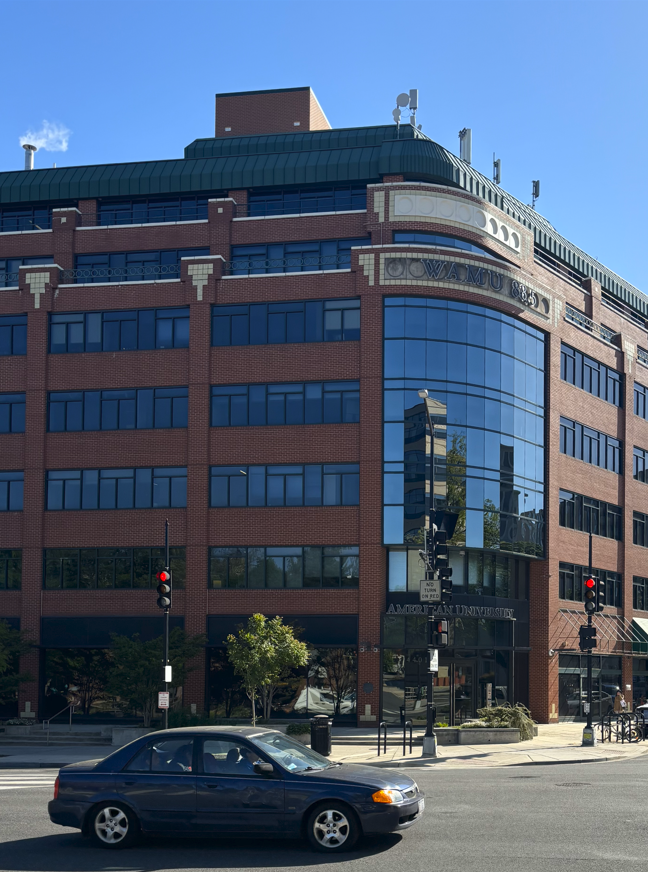Mountaintop Removal in Appalachia: The Fight Against the Coal Industry
December 1, 2011
Appalachia’s coalfields resemble the landscapes of dystopian science fiction. Each week, the explosive equivalent of a nuclear bomb is detonated in these mountains, leaving only black, jagged crags of upturned earth. The small communities surrounding these mining operations have suffered under corporate hegemony and oppression since the turn of the century; the region still struggles with overwhelming poverty, unsafe drinking water, astonishingly high levels of cancer and other respiratory and neurological conditions, as well as deep social tensions. Despite these problems there is hope to be found in the persistence and dedication of those struggling under coal rule. Dedicated activists continue to dismantle corporate hegemony through various non-violent tactics, making the Anti-Mountaintop Removal movement one of the strongest social movements in recent US history.
-By Nick Florko and Alexa Orndorff
Kayford Mountain, WV: Mountaintop removal sites scar the pristine landscape of Appalachia. With little regard for the diverse ecosystems throughout the region, coal companies detonate approximately four million pounds of explosives daily, exposing seams of coal hundreds of feet below mountain peaks. When the blasting is complete, the remaining rubble is dumped into neighboring valleys and streams — effectively destroying the ecosystems and poisoning the drinking water.
Signs like these litter mountaintop removal sites. They prevent coalfield residents from stepping foot on land that has been in their families for generations. The sign pictured above separates Larry Gibson from his family cemetery.
Sylvester, WV: Coalfield residents continually face the risk of disaster. Residents of Sylvester, WV live below the Brushy Fork Impoundment, the world’s largest coal slurry impoundment. Brushy Fork holds nearly nine billion gallons of toxic coal processing byproduct. With no emergency plan, the possible collapse of Brushy Fork spells disaster for those living in its shadow. Community coalitions, such as the Sludge Safety Project, continue to advocate against the creation of slurry impoundments through mass mobilizations and legislative lobbying.
Whitesville, WV: Signs allegedly reporting the safety of mining operations are often deceptive. The towns surrounding Whitesville, WV were forever changed in the wake of the Upper Big Branch disaster, which killed 29 miners on April 10, 2010. Despite numerous studies indicating that the disaster was caused by a failure to enforce federal mining safety regulations, only menial charges have been brought against the mine owner, Alpha Natural Resources (formerly Massey Energy).
Eolia, KY: Appalachians continue to fight back against the oppressive legacy of corporate control in the region. Coal companies utilized the “broad form deed” at the turn of the century to purchase the mineral rights of land — often by coercion or deceit. In modern day, these deeds, signed generations before, are used as the coal companies’ justification for surfact mining in and around private property. Kentucky Anti-MTR activists — Kentuckians for The Commonwealth — succeeded in banning the use of the “broad form deed” in 1985.
Twilight, WV: Large machines toil throughout the day, clearing debris and extracting coal from blast sites. This backhoe teeters just feet from the edge of a mountain, hundreds of feet above one of the few remaining homes in Twilight, WV — a town ruthlessly bought out by coal companies. The Ohio Valley Environmental Coalition continues to raise money to buy one of the last remaining privately owned parcels of land in Twilight, in effect preventing coal companies from taking over the town.



